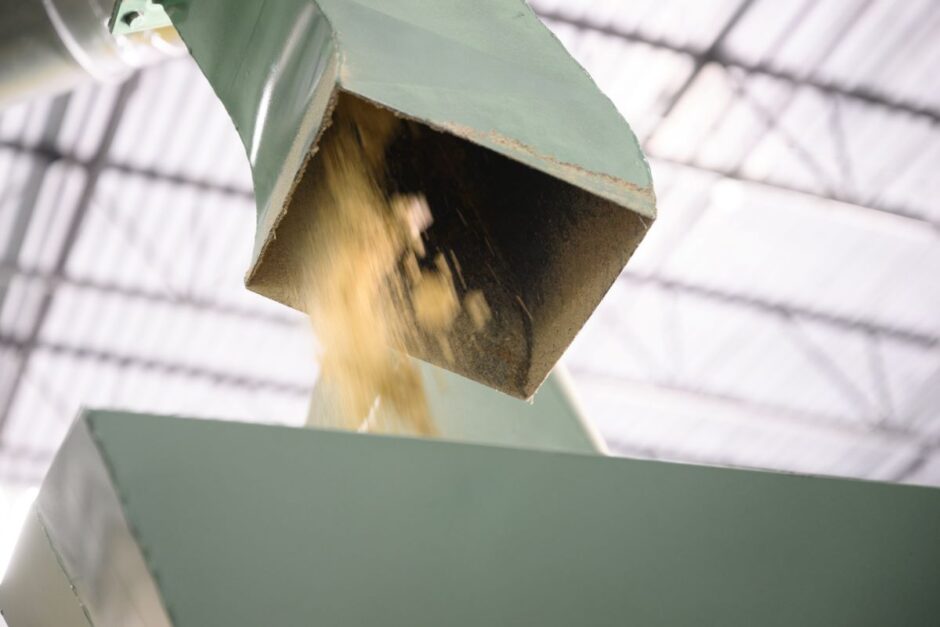Thorough Processing is Key to Adding Value to Soy Meal

There is a common misconception about the differences among processing technologies for soybeans and how processing conditions affect the quality of soy meal. However, many differences do in fact exist. Allow me to explain:
First of all, quality is at the core. The internal components of the high-shear dry extruder have been, essentially, the same for several decades and this is where the work is performed. If parts are replaced as they wear down, and parameters for quality control are followed (i.e., extrusion temperature is controlled, etc.), high-quality soy meal will be obtained. Extrusion temperature is controlled by having consistent particle size, consistent and appropriate moisture levels and by using good quality whole beans (not cracked.) The resulting ExPress® soy meal and/or extruded full-fat soy meal will also be very consistent and superior to solvent-extracted soybean meal and other methods of processing. That quality has been successfully tested through the best indicator: digestibility of nutrients and performance of animals fed high-shear dry extruded ingredients.
The differences in quality have been demonstrated when feeding pigs or broilers with ExPress® soy meal versus solvent-extracted soy meal. Indeed, when comparing the nutritional value of soybeans processed by high-shear dry extrusion/mechanical extraction of oil with other mechanical processes, differences are observed in terms of amino acid digestibility in broilers according to values determined by Dr. Carl Parsons, University of IL. The digestibility of methionine and lysine which are limiting amino acids, is greater in broilers fed ExPress®. Furthermore, a study with growing pigs compared the digestibility of amino acids in roasted full-fat soybeans and ExPress® demonstrated that the digestibility of lysine in pigs fed ExPress® soy meal was significantly different from those fed roasted soybeans (89.6% vs. 84.4%.)
In that study, although the lysine to protein ratio was very similar for both soy ingredients, which indicates that there was no heat damage, there is a noticeable difference in terms of nutritional value. Additionally, it is important to highlight that high-shear dry extrusion is based on cooking and rupturing the cell walls of soybeans in a high-temperature-short-time process. That means that there is no extra cooking in the mechanical press, just squeezing out the oil, yielding a consistent and high-quality soy meal that fits in all formulations as a source of protein and energy.
Key points to consider:
- Not all processing methods are the same
- Make sure you can control the quality of your soy meal by selecting the appropriate processing method
- Processing of soybeans through high-shear dry extrusion/mechanical pressing results in greater amino acid digestibility





